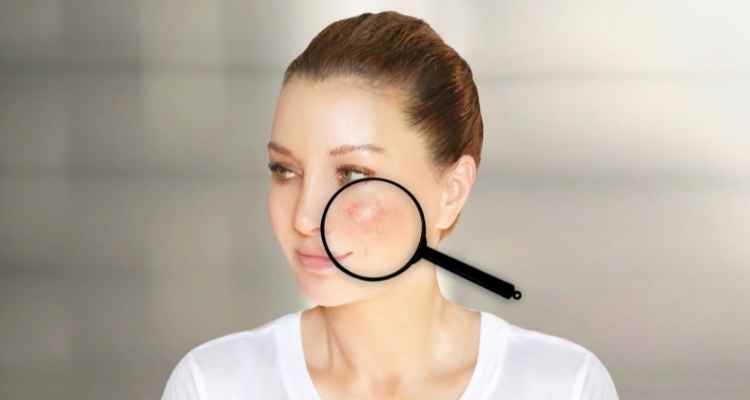If you often find yourself flushed with color at random moments, or you have a consistent redness across your face, you might be one of the many millions of people suffering from rosacea. Rosacea is incredibly common and is often overlooked as a skin condition. However, there is more to rosacea than a flushed face, and leaving it untreated can greatly impact your quality of life. Here is a short guide about rosacea and a few ways to cope with it.
What is Rosacea?
Rosacea is a chronic skin condition that usually affects the face, and around 14 million people in the United States have it. People with rosacea often have a tendency to become flushed more easily than others and may notice a gradual intensity of redness on the face over time. In fact, the ears, neck, scalp, and chest might become red over time, and when left untreated, bumps and pimples can develop on the skin. There are 4 subtypes of rosacea.
- Erythematotelangiectatic rosacea – the skin becomes red and flushed, and blood vessels become visible
- Papulopustular rosacea – redness and swelling occur, as well as breakouts that look like acne
- Phymatous rosacea – the skin becomes thicker and develops a bumpy texture
- Ocular rosacea – the eyes can become irritated, watery, or bloodshot, styes may occur, and the eyelids may become swollen
Symptoms and Signs
In addition to the symptoms listed above, other signs of the condition can include a stinging or burning sensation on the skin and a feeling of itchiness and tightness. In addition, the skin might begin to feel rough and look dry. Rosacea can also cause raised red patches to develop and the nose to become more bulbous in appearance.
What Causes it?
There is no known cause of rosacea. However, there are some common triggers that worsen the symptoms. Triggers are often related to environmental factors or lifestyle habits. These include alcohol, caffeine, spicy food, cheese, hot beverages, humidity, and aerobic exercise.
Different Types of Treatments
There is no cure for this long-term condition, but there are different ways to treat it.
Medicine
Health care providers may prescribe topical and oral medication to treat the redness, bumps, and pimples. Medicine can also help a patient control the condition too.
Microneedling
Microneedling is a non-surgical and minimally-invasive treatment that can improve the appearance of rosacea. This treatment involves stimulating the epidermis by creating micro-punctures with tiny, sterile needles. In turn, more collagen is produced, the skin becomes thicker, and the redness and blemishes caused by rosacea are reduced. Johnston Family Acupuncture have a team of experts who provide microneedling in Boston, MA. They can assess the condition of your skin and help design a treatment plan that suits you.
Surgical Procedures
Using surgical and medical devices, laser technology, and intense pulsed light sources, health care professionals can help remove blood vessels and treat other symptoms of rosacea.
Other Ways You Can Help
Besides medicine, microneedling, and surgical procedures, you can reduce the symptoms of rosacea by identifying your triggers and actively avoiding them. In addition, applying sunscreen regularly, using gentle skin care products, and managing your stress well can also help reduce signs of rosacea.

